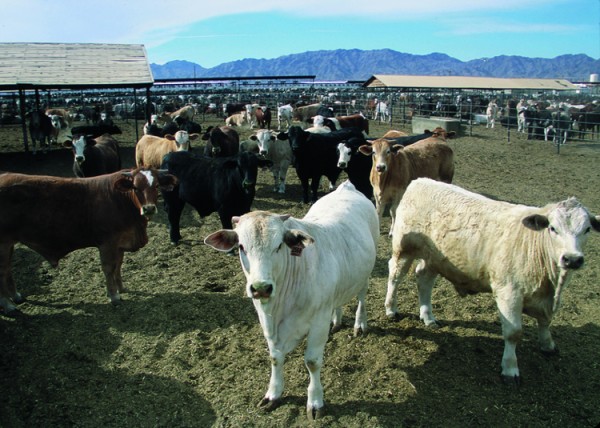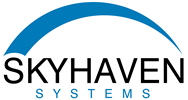USDA Awards Grant To Skyhaven Systems, LLC To Develop A Wide Area Hydrogen Sulfide Monitoring System For Agricultural Enterprises

May 3, 2013 – Skyhaven Systems, LLC has been awarded a grant from the USDA to develop an inexpensive array of autonomously operated hydrogen sulfide sensors for wide area monitoring of animal feeding operations. The need for large area H2S monitoring is being sought by farmers, towns, and regulatory agencies to accurately determine long-term average concentrations using an array of passive monitors. Since H2S emissions are ubiquitous in animal feeding operations and since many people work and live near these sites, it is imperative to have better monitors to control and warn of deleterious environmental conditions. Existing monitors have difficulty with selectively sensing H2S in mixed gaseous environments, have low operating lifetimes less than a year, expensive costs over $14K for continuous monitoring, limited concentration range detection such as 1-5 ppm instead of the desired 1 ppb to 50 ppm range, and have slow response times making them difficult to operate in large areas with spatial and temporal variations in concentration.
Skyhaven Systems, LLC aims to fill this void using its H2S sensing technology applied in autonomous arrays. Each of these sensors selectively targets hydrogen sulfide, has a response time of 4.8 seconds at 5 ppb, can operate unintended for one-year, and has a cost potential on the order of $200. An array of these sensors applied over a wide area for animal feeding operations will readily provide temporal and spatial mapping of H2S emissions, warn of deleterious conditions, and help facility operators improve processes to further mitigate H2S releases to neighboring farms, businesses, and people. This grant will be used to develop these sensors including the detection and quantification of H2S along with developing the electronics, communications, and power management for these sensors to operate autonomously.
Beyond functioning for animal feeding operations, this sensor array will provide a better mapping of H2S emissions over large area facilities including landfills, waste-to-fuel energy conversion sites, and oil facilities. Many facilities and government agencies have expressed an interest in having an array of lower cost H2S sensors to identify where within a larger area H2S is being emitted, and to better identify the extent of H2S dispersion once released.






